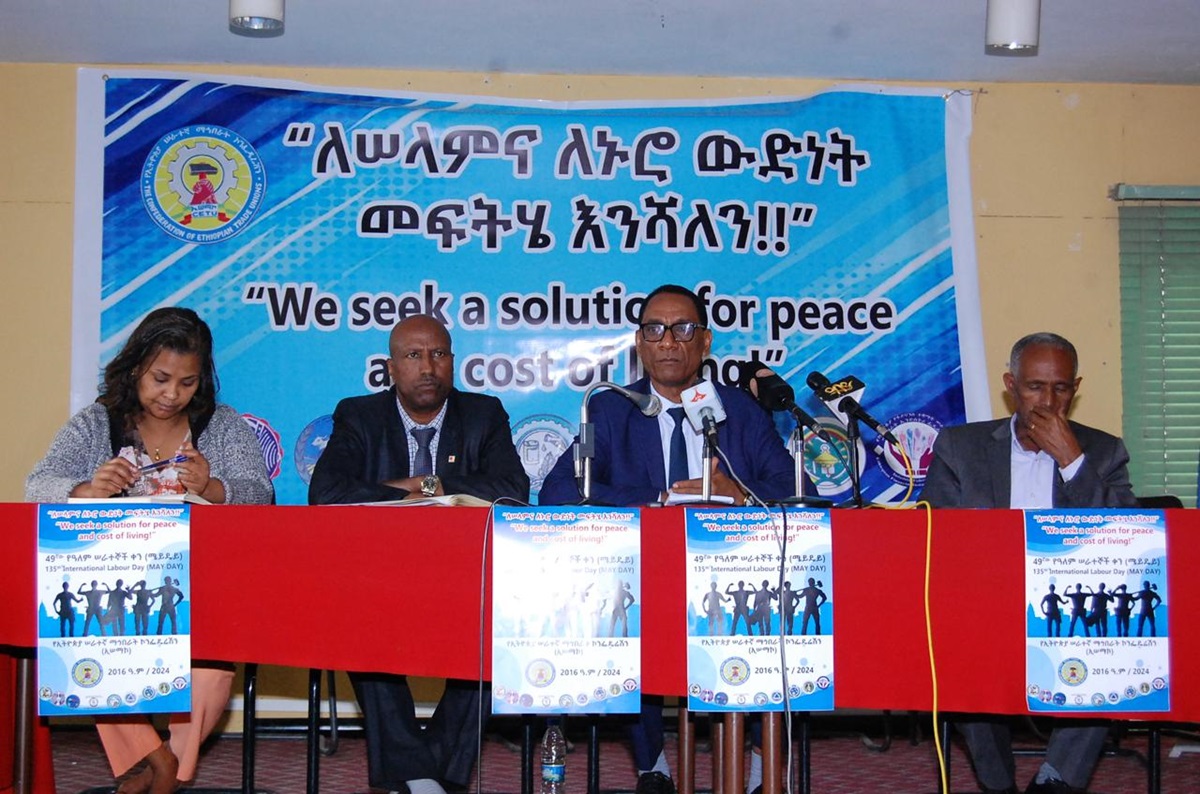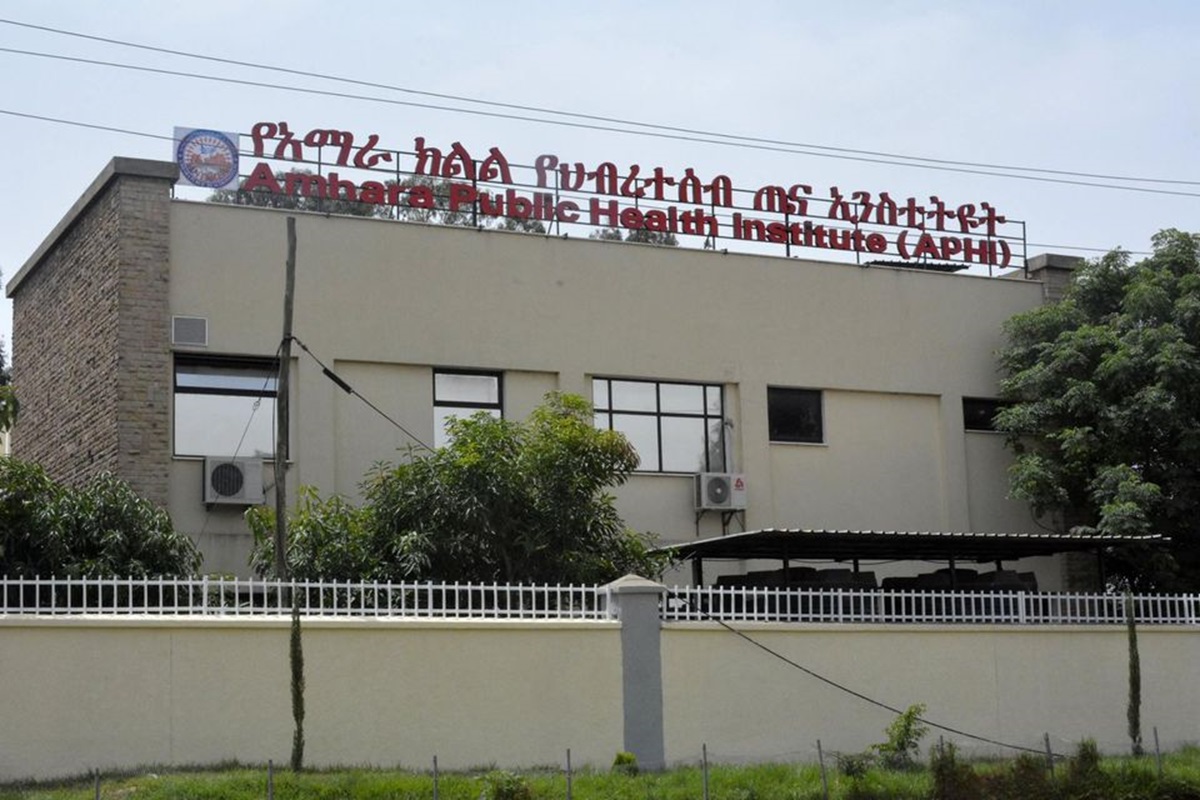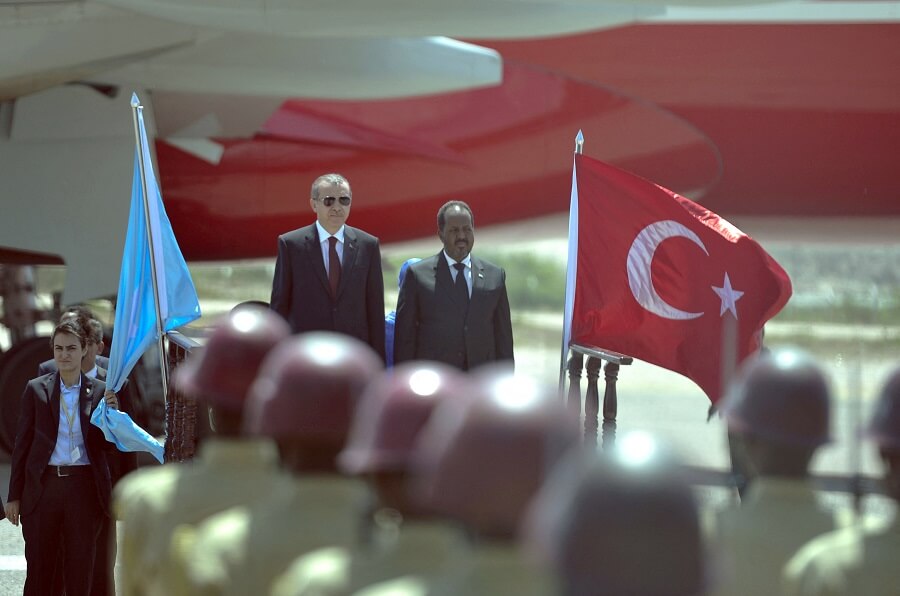News: Report finds “disturbing gaps” in Tigray peace deal, calls for more inclusive peace process

Addis Abeba – A new report by a coalition of regional and international civil society organizations has revealed that the peace deal that was signed eight months ago between the Ethiopian government and Tigray People’s Liberation Front (TPLF) to end the two years long war in Northern Ethiopia is “marred by significant gaps impacting the protection of civilians”.
Titled Ethiopia Watch: Civil Society Monitor of the Cessation of Hostilities Agreement the report, which is an outcome of a monitoring mechanism established by the CSOs collected and analyzed data from both private and public sources, creating a comprehensive, and independent, assessment of the African Union-brokered peace deal. It described the agreement as “a momentous achievement that has improved the situation in Ethiopia”, but details critical gaps with regard to limited scope and failures in the implementation of the agreement.
The report, released on 10 July, monitored six elements of the agreement; humanitarian access & aid, provision protection of civilians, the situation of Internally Displaced Persons (IDPs), presence of military units, restoration of services, African Union Monitoring Verification and Compliance Mission (AU-MVCM).
Western Tigray and Southern areas of Tigray remaining outside the scope of the agreement and off-limits to independent monitoring with continued reports of abuse against civilians since the CoHA, Eritrean troops remaining present in parts of Tigray, which is negatively impacting the protection of civilians, IDPs lacking durable solutions and lack of understanding of the pressures upon them, including the fact they do not have legal status constitute parts of the gap identified by the report.
The AU-MVCM not being mandated or empowered to report publicly on violations of the CoHA and not having adequate staffing or resources, as well as conflicts in neighboring regions of Amhara and Afar, which demonstrates that the need to include more conflict parties in peace agreements, are the other key gaps stated in the report.
The report questions whether the deal has essentially resolved the Tigray war. Dismas Nkunda, Executive Director of Atrocities Watch Africa, a member of the civil society coalition that established the mechanism said “the report reveals that it is dangerous to claim that Ethiopia is now at peace”.
”While there is much to celebrate about the AU-led peace process, more work remains to be done. The deal must be fully implemented and resourced. It should be extended to include other key conflict actors throughout Ethiopia. And it must be expanded to include the full participation of young people, women and girls,” Dismas noted.
“Other conflict parties must be brought in and held to commitments, including but not limited to Amhara, Afar and the Eritrean government and forces. It should also include authorities from other Ethiopian regions currently witnessing armed conflict, inter alia, the Oromo authorities and Oromo Liberation Army (OLA) and also authorities from the Benishangul Gumuz and Somali regions, essential to achieving a long-lasting peaceful settlement,” the report stated.
The fact that Eritrean troops remain present in parts of Tigray, where they are accused of killing civilians, committing sexual assaults and perpetrating forced disappearances, the persisted and intensified conflict in Amhara and, to a lesser extent, in Afar, and the fate Western and Southern Tigray which “remains unaddressed explicitly by the agreement and yet is clearly a driver of ongoing alleged ethnic cleansing in Western Tigray” are some of the limitations threatening the agreement and the progress made so far according to the report.
Despite provision of Article 4 of the CoHA which commits the parties to condemn any act of sexual and gender-based violence, the report said “there has been little or no public condemnation by the parties of sexual violence by their own troops, neither of incidents arising since the CoHA was signed nor of incidents during the conflict”. It further made a the point on how women were absent from the official delegations of the parties to the peace talks.
”The level and brutality of gender-based violence committed by all parties to the conflict makes it imperative that women and girls play a central role in the peace process and any transitional justice process,” said Annah Moyo-Kupeta, executive director of the center for the Study of Violence and Reconciliation, which is also a part of the civil society coalition.
Highlighting a “startling lack of transparency” in the work of the official AU Monitoring Verification and Compliance Mission (AU-MVCM), the coalition calls on mediation and monitoring to be scaled up, including by appointing civilian human rights and gender experts to the mission.
“The AU’s monitoring team works with few resources and a limited mandate. At the same time, its efforts to gain access to areas held by forces not party to the CoHA deserve recognition and political support from the AU,” the report stated.
The report explores the plight of hundreds of thousands of Internally Displaced Persons (IDPs) who are in urgent need of greater support and security. “IDPs, who have no legal entitlement to education, health, housing welfare, and jobs, are living at the mercy of the individuals and communities that are helping them” it stated.
The civil society coalition urged the federal government to introduce a policy framework for IDPs across Ethiopia and grant them legal status as part of country-wide national reconciliation measures. Furthermore, it recommended the African Union’s leaders to insist that the parties adhere to the CoHA and ensure that the peace deal serves as a basis for future, better agreements across Ethiopia, the report concludes.
”Despite its successes in silencing the guns in Tigray, the CoHA represents the floor, rather than the ceiling of what can be achieved for Ethiopians. The scope of future agreements must be enlarged, if lasting peace is to be achieved across the country,” the 26-page report underlined. AS







